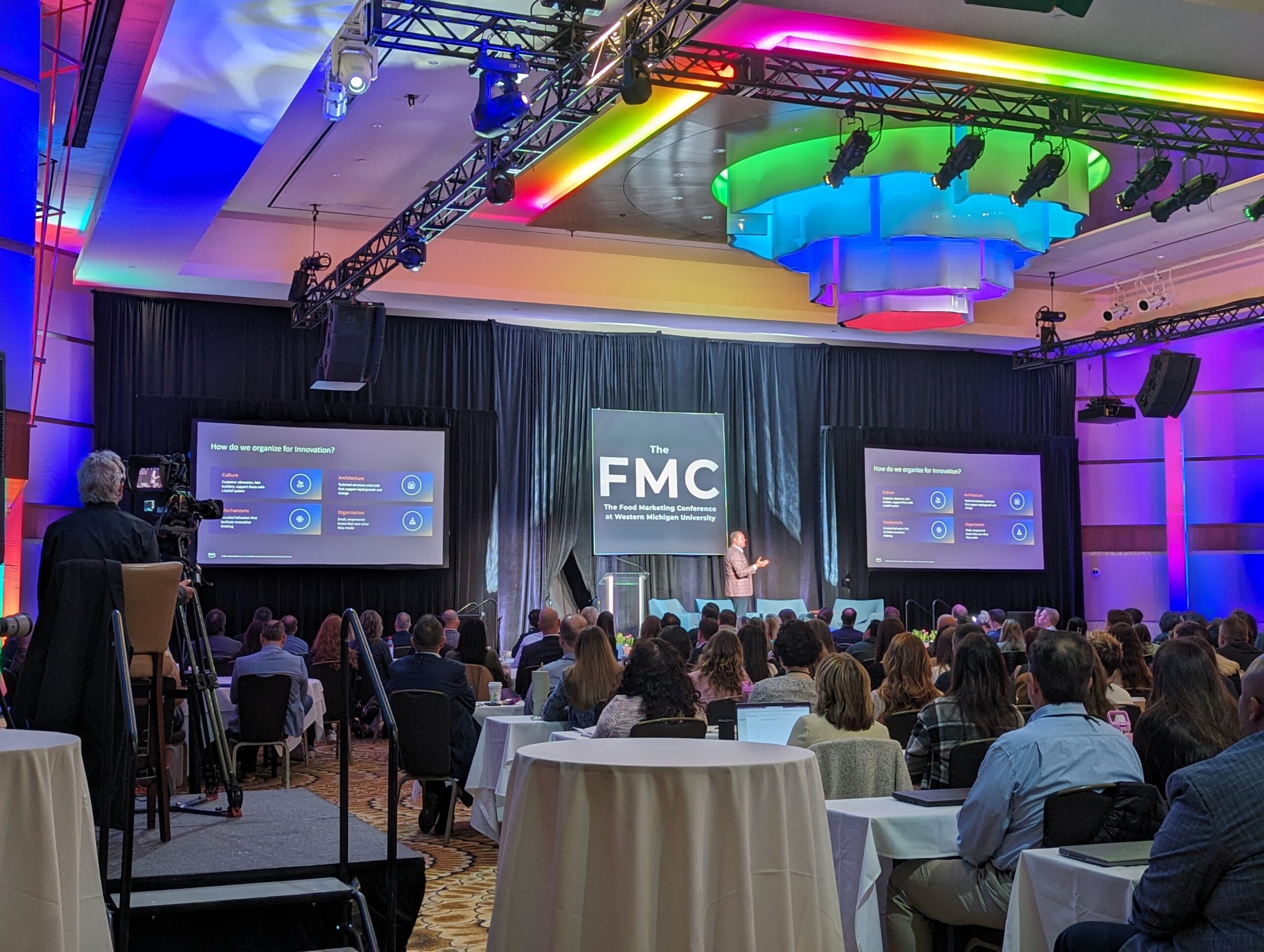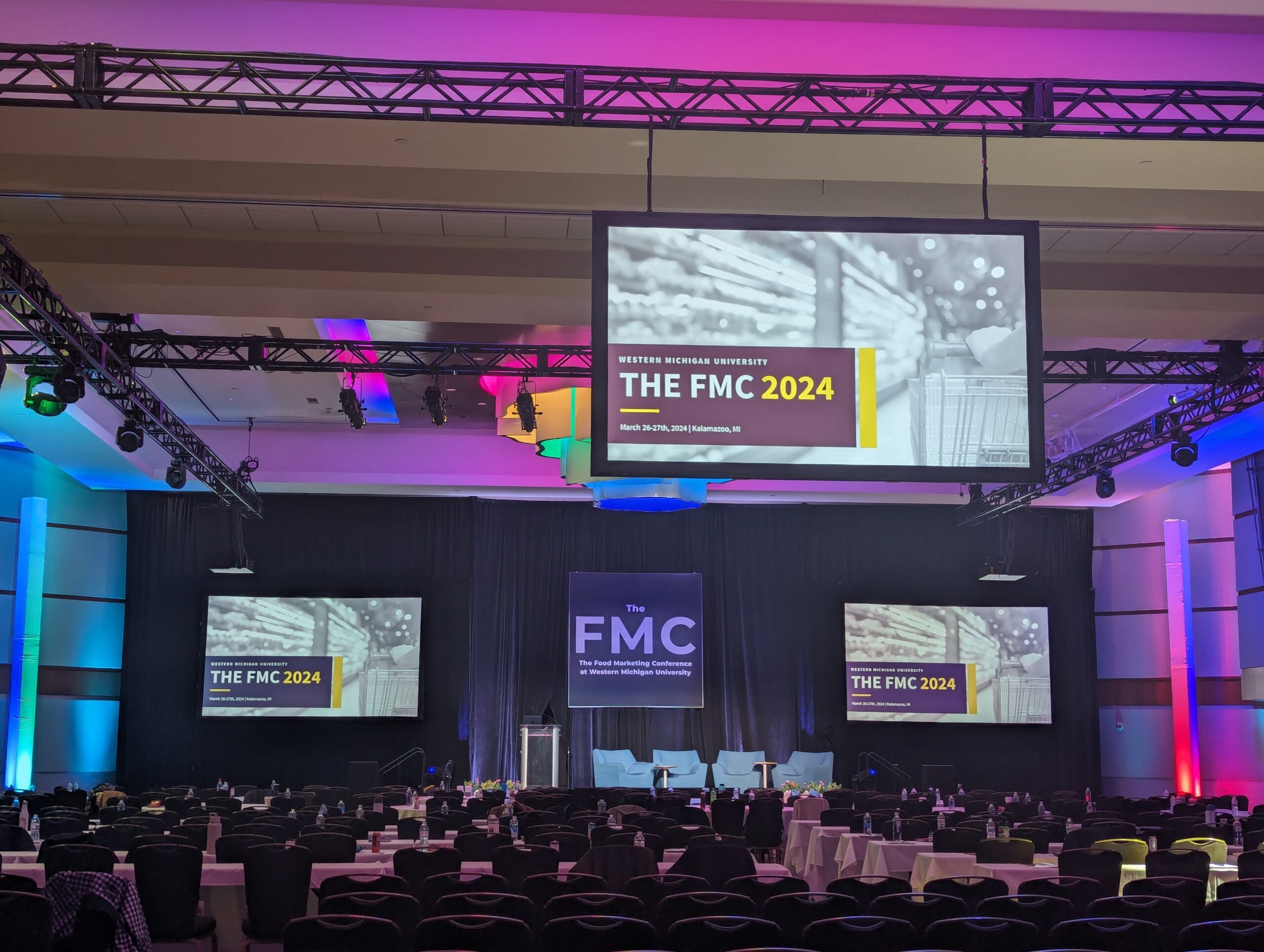Creating an engaging and memorable stage can significantly boost the impact of your B2B events.

Here’s how you can design a stage that not only grabs attention but also enhances the
overall experience for your attendees:
Understand Your Event’s Goals
Start by clearly defining what you want to achieve with your event.
Is it to launch a new product, provide training, or network with industry leaders?
The design of your stage should align with these objectives, helping to reinforce your message and engage your audience.
Integrate Smart Technology
Use technology to make your stage more interactive and engaging.
Incorporate screens for presentations, videos, or live feeds.
Use technology to switch visuals or scenes related to different segments of your event, keeping the backdrop dynamic and relevant.
Focus on Lighting
Good lighting can transform the atmosphere of your event.
Use spotlights for speakers and softer lights for panel discussions.
Experiment with different colors and intensities to match the mood of each session, ensuring that every moment feels distinct.
Design with Visibility in Mind
Make sure everyone in the audience has a clear view.
This might mean choosing a raised or tiered stage design, especially if you’re expecting a large crowd.
Check sightlines from various points in the venue to ensure there are no blocked views.
Add a Creative Touch
Use elements that tie into your brand or the theme of the event.
This could be anything from a backdrop featuring your company’s colors to unique, thematic props that underscore key messages of your presentations.
Build a Flexible Stage
Events often have multiple types of content, from speeches to panel discussions and Q&A sessions.
Use modular stage elements that can be easily rearranged.
This flexibility will allow you to tailor the space quickly for different purposes without interrupting the flow of the event.
Engage the Senses
Beyond visuals, consider the overall sensory experience.
Good sound quality is crucial, so invest in a reliable sound system.
Also, think about the ambiance, perhaps a light scent in the air or background music during breaks to keep the atmosphere lively.
Be Mindful of Sustainability
Choose sustainable practices in your stage design.
Opt for LED lights which consume less energy, and try to use recyclable materials for any custom stage pieces.
This not only reduces your environmental footprint but also positions your brand as responsible and conscientious.
Here’s an Actionable Plan for B2B Businesses to make their event a success:
- Planning Stage:
Few months before the event, define your objectives and theme. Sketch out initial design ideas that incorporate these elements.
- Technology Integration:
Four months prior, select the technology solutions (like screens and interactive elements) that you will need and start coordinating with vendors.
- Design Execution:
Two months before the event, finalize the stage design and begin construction or setup of custom elements. Test different lighting setups and adjust as necessary.
- Final Review:
One month out, review the stage setup and make any necessary adjustments. Ensure that all technology works seamlessly and that the stage design aligns perfectly with your event’s goals.
- Day Before the Event:
Conduct a full rehearsal on the stage. Check the visibility from various audience points, test audio-visual elements, and run through transitions between different types of content.
- Post-Event:
Gather feedback on the stage design from attendees to refine and improve future events.
By following these steps, you can create a stage design that not only captivates your audience but also enhances their experience, ensuring your event is both impactful and memorable.

At Chase Creative, we’re all about creating engaging setups that capture your audience’s attention from start to finish. Let’s work together to make your event a standout success.
Get in touch today to discuss how we can help bring your event vision to life.
